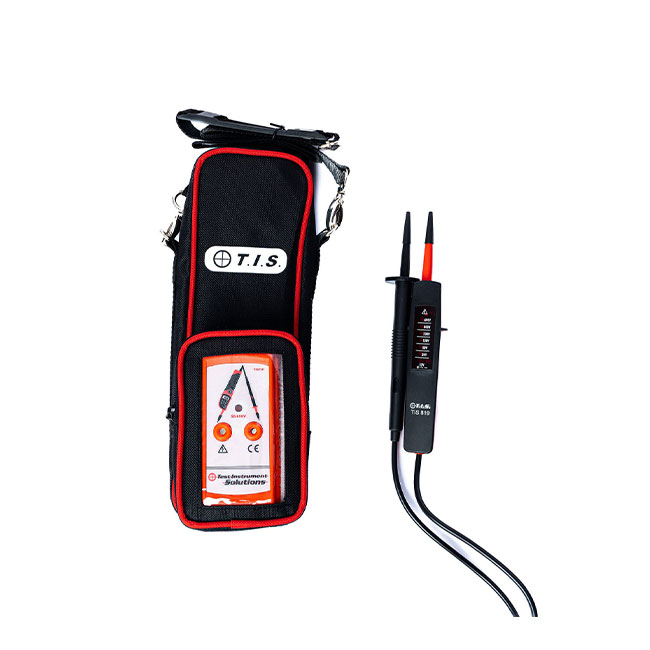When maintenance, repair or installation work is required on electrical machinery or equipment, the electrical engineer is at risk of injury, but so too are any employees of the business or any members of the public who may be in the same environment. In such instances there needs to be a physical and visual means of preventing exposure to any live, conductive parts, and the most common manner of doing this is known as LOTO, which stands for lockout-tagout. This means a piece of equipment is physically isolated from use, and is visually identified as being out of use. An essential element of a LOTO kit is a lockout hasp.
What is a lockout hasp?
A lockout hasp is a type of lock that is placed around the lockout point of a piece of electrical equipment, to prevent access to live parts, or to prevent the accidental release of stored energy. A lockout hasp used with electrical equipment is usually made from non-conductive material, so it would be nylon or plastic rather than stainless steel. This means that any electrical current passing through the hasp would be prevented from injuring a person in contact with it.
How is a lockout hasp used?
The user would place the locking mechanism of the hasp through the handles of electrical panels or switch boxes to prevent them being opened. The hasp would normally have thin parts which enable it to be threaded through the small spaces often found with electrical equipment. Also, the hasp is lightweight and easy to use, making the lockout process simple and effective, but it is still robust, durable and suitable for repeated use.
A lockout hasp used on electrical equipment usually has multiple holes in it. This enables multiple members of a maintenance or installation team to use their own individual padlocks on the hasp. This ensures that a proper isolation procedure can be implemented. In other words, every member of the team has to remove their own padlock before the piece of equipment can be declared safe to use and re-energised. This therefore prevents energy being restored accidentally or without proper agreement between all parties.
What are the key benefits of a lockout hasp?
So the lockout hasp has four main purposes in a situation where maintenance, repair or installation work is required on electrical equipment:
- It identifies the piece of equipment as being isolated and communicates that it should not be used until the electrical work is complete.
- It ensures that power for the equipment is shutdown.
- It prevents the equipment being re-powered accidentally or intentionally and without full, authorised agreement.
- It ensures the correct safety procedures are employed and an organisation is fully compliant with regulatory controls.
Lockout kits supplied by Test Instrument Solutions

At Test Instrument Solutions we supply a full range of safety lockout kits, which all include a lockout hasp for use with electrical equipment. You can choose the TIS BKIT Safety Lockout Kit or the TIS EKIT Electricians Lockout Kit, while the most comprehensive safety isolation kit is the TIS 819SIKIT Voltage Only Complete Safe Isolation Kit. Choose the right kit for you and order today.
Please note that this section is for information purposes only. Anyone using equipment referred to in this section must be suitably qualified and/or experienced within the respective field. If in doubt before use, please consult a qualified electrician or engineer & thoroughly read all instruction booklets.